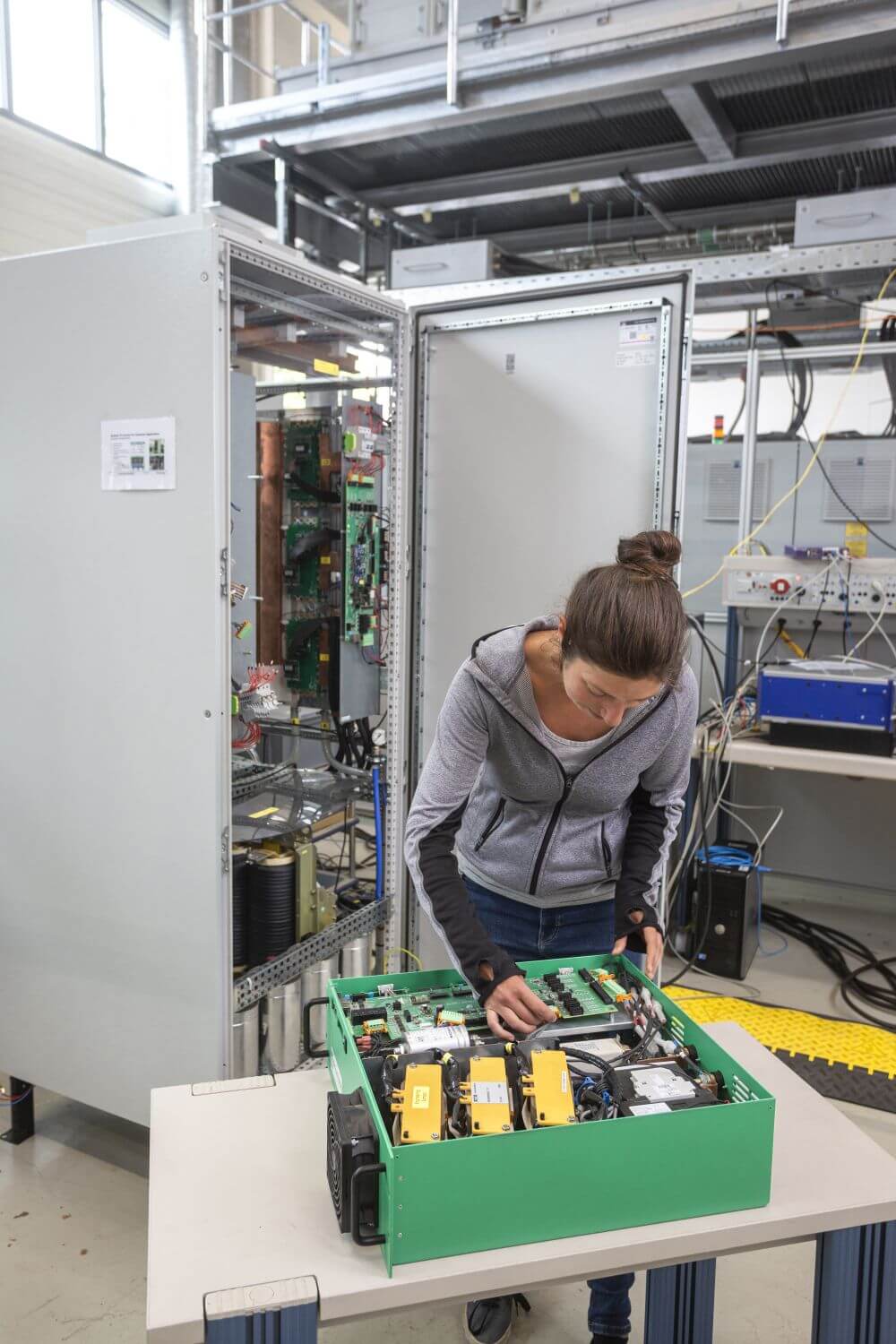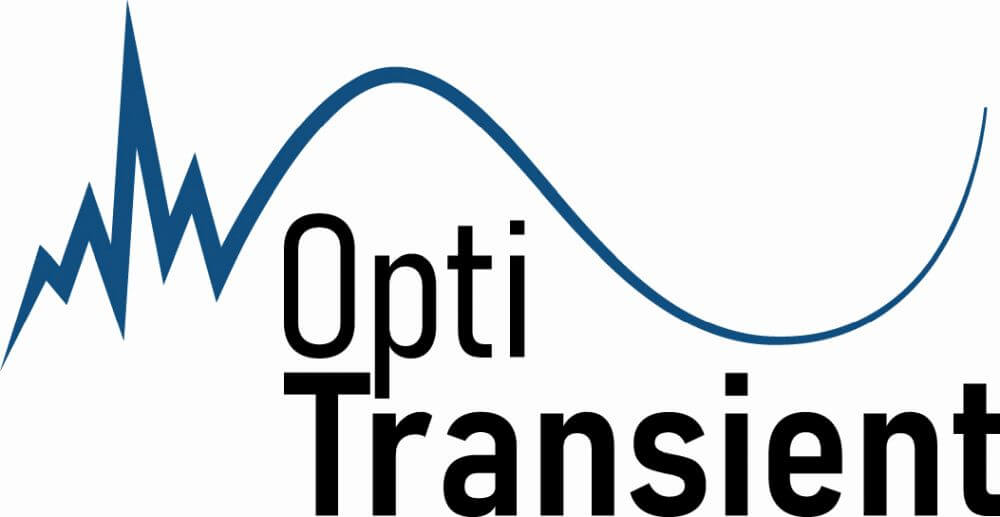| Duration: | 10/2023 - 09/2026 |
| Contracting Authority / Sponsors: |
Bundesministerium für Wirtschaft und Klimaschutz (BMWK) unter dem Förderschwerpunkt »Forschung für eine umweltschonende, zuverlässige und bezahlbare Energieversorgung« im Rahmen des 7. Energieforschungsprogramms der Bundesregierung. |
| Project Partners: | Geförderte Partner: FGH e.V., M.P.E. GmbH, EESYST GmbH; Assoziierte Partner: 50Hertz Transmission GmbH, TransnetBW GmbH, Maschinenfabrik Reinhausen GmbH, KOSTAL Industrie Elektrik GmbH, Windtest grevenbroich GmbH, FREQCON GmbH |
| Project Focus: |
OptiTransient – Optimized Behaviour of Grid-Forming Equipment During Transient Processes in The Future Power Grid
According to the grid connection guidelines, power generation units (PGUs) must be able to withstand grid faults without shutting down. The guidelines define the behavior of the PGU during these faults. However, there are currently no requirements for the transient time range immediately after the occurrence and clearing of faults. As a result, PGUs may behave incorrectly or even switch off due to these transients. In the future, it will be increasingly critical to consider the behavior of the grid as it becomes more defined by the behavior of the PGU. This is due to the growing share of power electronic generation in the total generation. This is particularly important for grid-forming converters, which will be necessary to maintain grid stability.
Research and development is particularly needed to investigate transient processes during grid faults, such as those occurring immediately after the fault is cleared (typically within a few grid periods). This includes defining corresponding requirements and developing methods to check compliance. The focus is on both grid-following and grid-forming converter-based equipment. In particular, a selected grid-forming control structure is being developed that behaves optimally during these transient events.
The objectives of this project are scientific and technical, including seeking to achieve optimal behaviour during such events.
This research project aims to investigate the potential risks associated with grid-forming and grid-following converters during grid faults, such as phase angle jumps, undervoltages, overvoltages, and RoCoF events. Through an extensive review of existing literature and conducting simulation studies in the grid, the transient processes are characterized. Furthermore, the project aims to determine if additional requirements are necessary for PGUs to mitigate the risk of unstable behavior. Proposed requirements will be evaluated through simulations to demonstrate their effectiveness. The project also focuses on the development of improved methods for testing these requirements in the transient range. Suitable laboratory and field measurement equipment will be selected to simulate the identified transient processes as realistically as possible. Finally, the project aims to develop and optimize a grid-forming control approach based on the defined requirements. This optimized control system will be evaluated using appropriate hardware and test equipment.
In summary, the objectives of this project are:
- To investigate and simulate transient processes during real grid faults,
- Define requirements for converter-based equipment in the transient range,
- Conduct laboratory and field measurements of the transient processes and the reaction of the PGU,
- Create requirements for grid-forming power converters,
- Optimizing a grid-forming control strategy and validating it during measurement campaigns.

